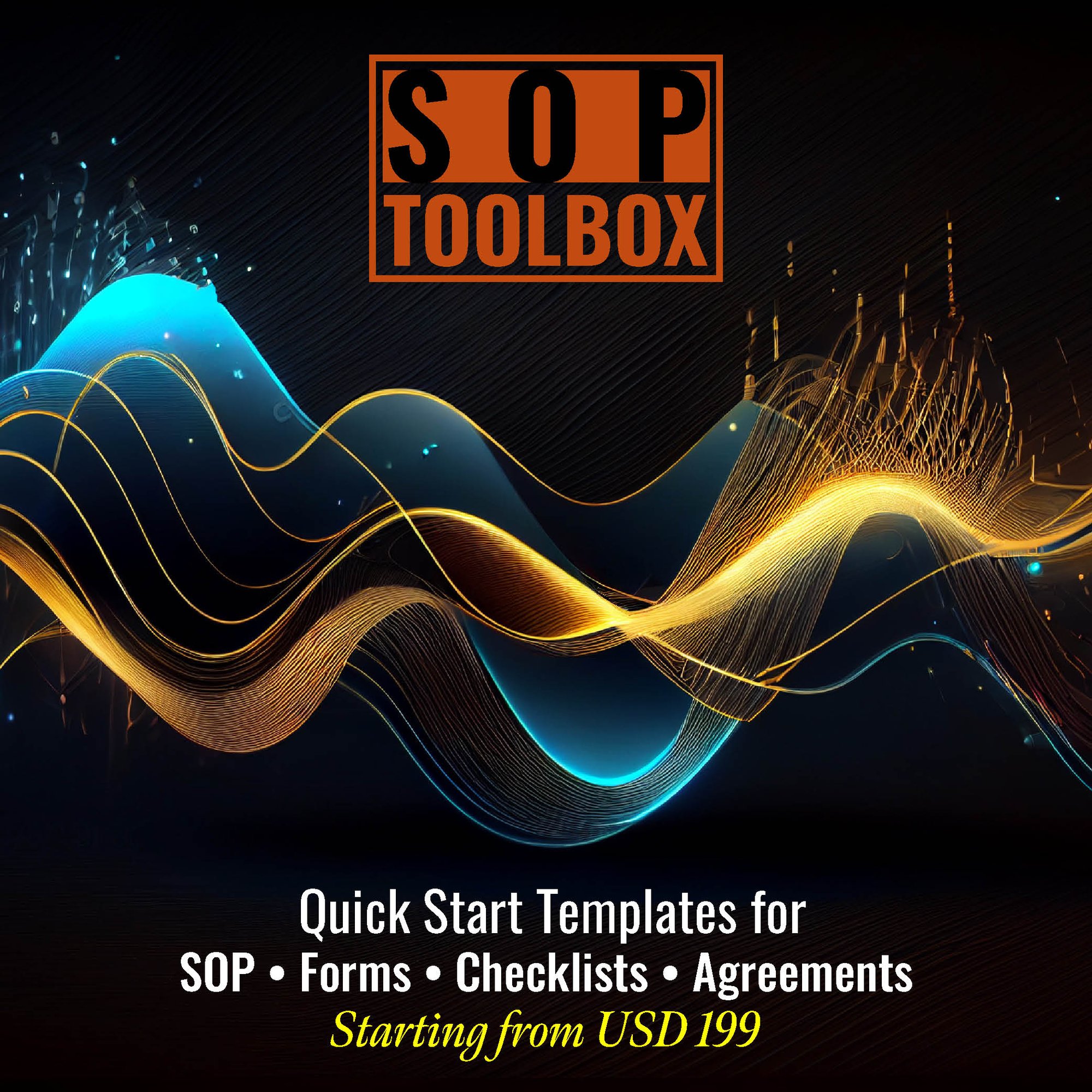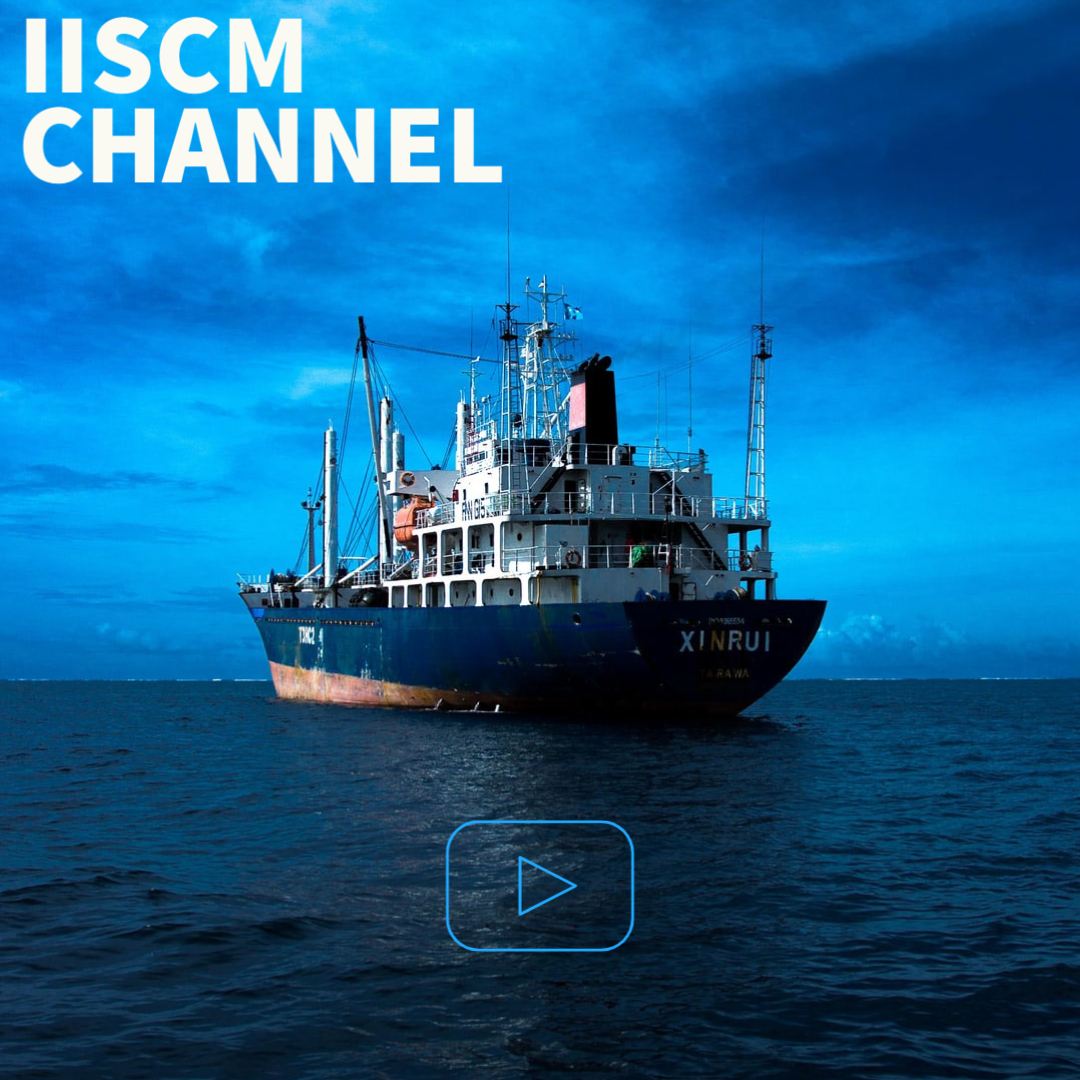Internal communication protocols are a set of standardized procedures and guidelines that organizations use to manage communication between employees, departments, and teams. These protocols ensure the smooth flow of information, clarity in messaging, and consistency across all communication channels. They can include email formats, meeting structures, reporting methods, and guidelines for informal communication. Effective internal communication protocols help organizations maintain productivity, reduce misunderstandings, and promote a culture of transparency and collaboration. By setting clear expectations for communication, these protocols help create an efficient and organized workplace environment.
Fhyzics Business Consultants provides templates for creating effective internal communication protocols, helping organizations standardize and streamline their communication practices. These templates are designed to address all key aspects of internal communication, such as email communication guidelines, meeting structures, internal reporting systems, and feedback mechanisms. By using these templates, organizations can ensure consistency in how messages are conveyed, reducing the risk of miscommunication or confusion.
Fhyzics’ templates help businesses design protocols that are tailored to their unique organizational structure, goals, and communication needs. They also include best practices for fostering a collaborative environment, ensuring that employees at all levels are kept informed and engaged. With clear internal communication processes in place, companies can improve team collaboration, reduce operational inefficiencies, and foster a positive work culture.
Additionally, using these templates simplifies training for new hires and ensures that employees adhere to consistent communication methods. This contributes to better decision-making, more effective problem-solving, and overall improved organizational performance. By aligning internal communication with best practices, Fhyzics’ templates enable organizations to optimize their communication flow and enhance overall business operations.
Top 10 benefits of Internal Communication Protocols:
1. Consistency: Ensures uniformity in communication across teams and departments.2. Clarity: Reduces confusion by providing clear guidelines on how to communicate.
3. Collaboration: Promotes effective teamwork and information sharing.
4. Efficiency: Streamlines communication processes, saving time and reducing errors.
5. Transparency: Builds trust by keeping employees informed and engaged.
6. Reduced Miscommunication: Standardizes messages, reducing misunderstandings.
7. Enhanced Decision Making: Ensures all relevant information is shared effectively.
8. Employee Engagement: Encourages a culture of open communication and feedback.
9. Conflict Resolution: Minimizes communication-related conflicts by setting clear expectations.
10. Productivity: Facilitates smooth workflows by improving the speed and accuracy of communication.
This Article is Uploaded by: Gokul K
Keywords: internal communication protocols, communication guidelines, business communication procedures, team communication standards, corporate communication protocols, employee communication practices, organizational communication methods, internal messaging guidelines, communication workflow, communication strategy templates, workplace communication protocols, employee communication rules, communication channels, internal memo format, team communication guidelines, company-wide communication policy, staff communication standards, email communication policies, communication in organizations, internal information flow, effective workplace communication, corporate communication strategy, communication procedure templates, collaborative communication methods, internal communications best practices, communication tool guidelines, formal communication protocols, informal communication rules, clear communication strategies, work communication structures, department communication protocols, communication policies and procedures, feedback and reporting protocols, internal communication training, communication transparency guidelines, team interaction policies, work-related communication processes, communication structure in business, standardized communication systems, crisis communication procedures, communication efficiency, organizational transparency, meeting communication protocols, reporting structure guidelines, interdepartmental communication, communication templates, conflict resolution communication, business communication standards, communication compliance guidelines, employee engagement communication, communication responsibility, corporate communication rules, message consistency, internal announcements, communication tools for businesses, organizational culture communication, collaboration tools guidelines, internal communication feedback mechanisms, clear message protocols, workplace information sharing, communication conflict prevention, employee relations communication, communication strategy for teams, feedback communication rules, problem-solving communication methods, business communication frameworks, communication systems for teams, verbal communication procedures, written communication protocols, communication recordkeeping, employee communication systems, information dissemination guidelines, documentation of communication, communication audits, meeting minutes protocols, collaborative work environment communication, workgroup communication processes, corporate message consistency, communication tools for employees, message tracking, communication for business decisions, organizational information policies, company announcements, effective messaging, internal newsletters, public announcements procedures, communication for project teams, policy communication guidelines, internal reports, internal communication templates, communication of organizational goals, communication with stakeholders, clear internal reporting, standard operating procedures for communication, management communication protocols, messaging for staff meetings, communication channels for feedback, corporate internal discussions, communication flow diagrams, remote work communication protocols, internal communication audit, inter-team communication practices, team message guidelines, formal communication guidelines, informal employee communication, communication training for staff, employee communication culture, cross-functional communication, communication for remote teams, workflow communication standards, data sharing protocols, internal communication strategies, stakeholder communication protocols, internal content sharing, and document sharing procedures.















